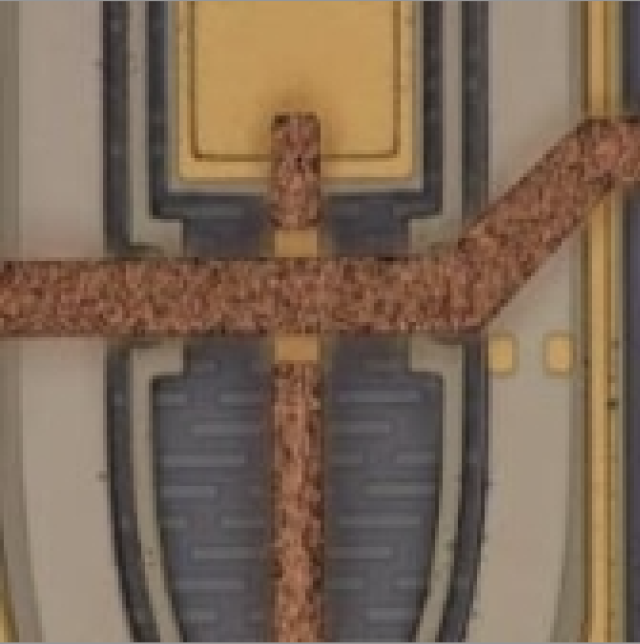New Optica Publication
Architecture for generation and coil stabilization of an integrated PZT-enabled microcomb

Abstract:
Silicon nitride integrated dissipative Kerr soliton (DKS) microcombs have emerged as a future solution to bring metrological optical frequency comb (OFC) capabilities into a photonic integrated platform with mass-scale fabrication benefits. Precision applications demand low comb line phase noise as well as high repetition rate stability, including quantum sensing and computing, precision metrology, and microwave generation. However, current approaches to reducing comb noise and repetition rate stabilization involve complex architectures, multiple lasers, and high-power components, that combined are challenging to integrate to the chip scale. A CMOS compatible system for on-chip DKS comb ignition and stabilization, capable of providing lab-based performance to non-experts and portable applications, remains to be demonstrated. To achieve this goal, new architectures are needed to simplify the comb control, stabilization, actuation, and pump laser requirements, while lowering the overall power and enabling integrated solutions. Here we demonstrate a greatly simplified stabilized DKS comb architecture with a single laser, and a single point electronic control of both the microcomb generation and its stabilization to a 16 m long coil-resonator reference. The PZT-controlled microcomb and coil-resonator reference are both fabricated in the low-loss CMOS-compatible silicon nitride integration platform. PZT-enabled control brings flexibility and simplicity to the soliton generation and comb line frequency noise reduction using a single CW fixed frequency pump laser, resulting in significantly reduced electronic and optical infrastructure. The silicon nitride microcomb is integrated with a low-power, broadband, lead zirconate titanate (PZT) actuator that is driven by a simple electronic control sequence that establishes both soliton generation and dual wavelength lock to the 16 m coil resonator. We demonstrate coil-resonator thermorefractive noise (TRN) limited pump frequency stability with comb line stabilization as low as 66 Hz integral linewidth and repetition rate phase noise of the 108 GHz soliton equivalent to -118dBc/Hz when divided down to 10 GHz. We also demonstrate that this approach is able to suppress the 1 kHz frequency noise by 4 orders of magnitude, to below 10Hz^2/Hz, over the complete 35 nm wide comb spectrum. The low-power PZT actuator consumes nW bias power and the coil resonator allows flexible dual locking using arbitrary comb lines. These results show a clear path toward full chip integration of stabilized soliton microcombs with simplicity and versatility absent in other schemes. Such integrated architectures will open up their use in deployable ultra-low phase noise mmWave and RF generation, fieldable precision metrology, quantum sensing, portable and space-based applications, and high-capacity coherent fiber communications.